4 ohm resistor is one of the most commonly use circuits, which plays a significant role in a wide array of applications from audio systems to power regulation. Resistors are key components in various electrical and electronic circuits. In this guide, we’ll take a deep dive into the world of 4-ohms resistors, including their types, power ratings, applications, and frequently asked questions.
4. Common Applications of Resistor 4 Ohm
5. 4 Ohm Dummy Load Resistor 100W 200W Non Inductive
7. Frequently Asked Questions [FAQ]
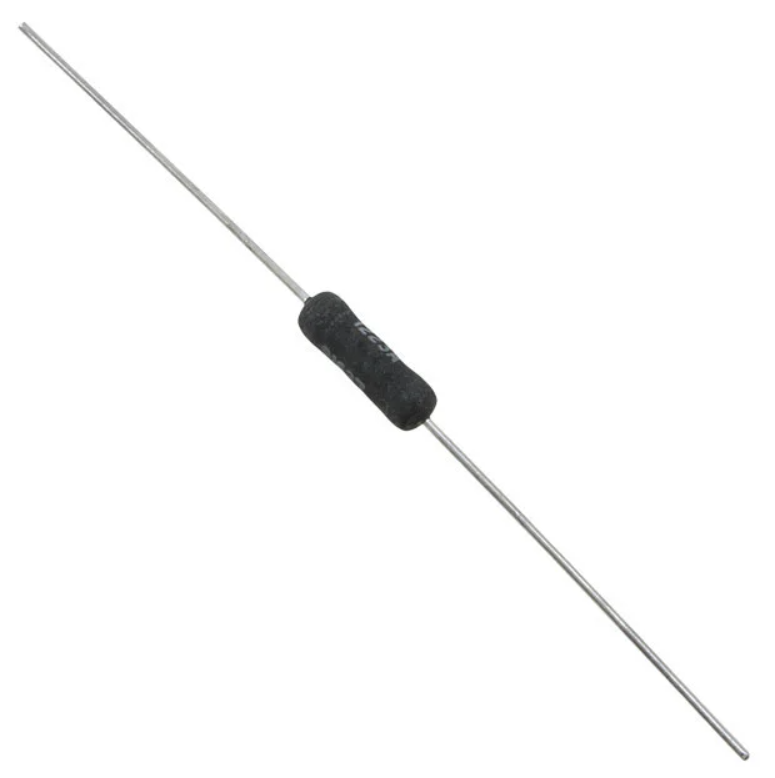
What is a 4 Ohm Resistor?
A passive electronic component that resists the flow of electrical current. The resistance measure in Ohms (Ω), and in this case, the value is 4 ohms. This means the resistor will limit the current flow in a circuit by 4-ohms of resistance. The circuit operates according to Ohm’s law, which states that V = I × R, where:
· V is the voltage across the circuit,
· I is the current through the resistor, and
· R is the resistance value (in this case, 4 ohms).
4-ohm resistors use for various purposes, including controlling the current in a circuit, dissipating power, and protecting components from high voltage or current.
Types of 4 Ohm Resistors
Several types of 4 Ω resistors, each designed for specific applications. Let's look at the most common types:
4 Ohm Power Resistor
Design to handle higher amounts of electrical power, which is dissipated as heat. Typically use in high-power applications where involve large currents. Power resistors build with materials that can withstand significant heat, such as ceramic or metal oxide, and often use in power supplies, amplifiers, and industrial equipment. Key features include high power ratings (5W, 10W, 50W, 100W, and more), excellent heat dissipation, and usage in circuits requiring controlled power dissipation.
4 Ohm Speaker Resistor
Specifically designed for audio applications. Commonly use in loudspeaker circuits to match the impedance between the amplifier and the speaker. This helps to ensure optimal sound performance and prevents damage to the components. A typical speaker resistor build to handle continuous current while maintaining a stable impedance. Key features include impedance matched to speakers (commonly 4 ohms), usage in controlling audio signal levels, and typically find in home theater systems, car audio systems, and professional audio gear.
4 Ohm Wirewound Resistor
Make by winding a resistive wire, usually nichrome or copper, around a core. Wirewound types are highly durable and can withstand high power, making them suitable for precision applications such as power regulation or current limiting. They also offer stable performance over a wide temperature range, making them ideal for industrial or high-performance electronics. Key features include high precision and stability, the ability to handle higher power ratings, and being ideal for applications that require exact resistance values, such as voltage dividers, amplifiers, and power supplies.
Package Type of 4 Ohms Resistors
Come in different package types to suit various designs and applications. The two most common packing types for 4-ohms are:
4 Ohms Through Hole Resistors
Designed to insert into holes on a PCB (printed circuit board). Suitable for high-power applications where need robust physical connections.
SMD Chip Resistor - Surface Mount
SMD packages are smaller and design to solder directly onto the surface of a PCB. Widely use in compact electronics where space is at a premium.
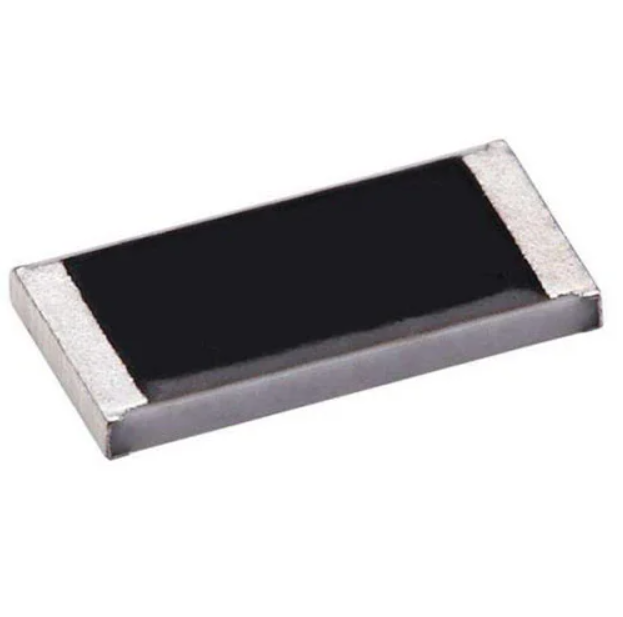
Power Rating and Tolerance
The wattage ratings of a resistor determines the maximum amount of power it can safely dissipate without being damaged. Below are the different power ratings of 4-ohm and their common uses:
4 Ohm 5 Watt Resistor: Use in low-power applications like signal processing and small audio circuits.
4 Ohm 10 Watt Resistor: Suitable for medium-power applications such as power supplies and small amplifiers.
4 Ohm 20 Watt: Use in moderate-power audio systems and circuit testing.
4 Ohm 25 Watt Resistor: Common in power regulation circuits and high-performance audio equipment.
50 Watt: Found in high-power audio amplifiers and industrial applications.
100 Watt: Design for heavy-duty audio systems, power electronics, and industrial equipment.
4 Ohm 200 Watt: Use in high-end audio systems and industrial power applications.
4 Ohm 1000 Watt Resistor: For extreme high-power applications, including testing large electrical systems and heavy-duty power regulation.
Key Considerations for High-Power 4 Ohm Resistors:
Heat Dissipation: As the power rating increases, the circuit must be able to dissipate more heat. Resistors with higher wattage ratings are usually larger and require heat sinks or other cooling methods.
Applications: Higher-wattage circuits use in power electronics, audio amplifiers, testing equipment, and industrial systems.
Size and Durability: As power ratings increase, resistors tend to be larger and more robust, designed to withstand the mechanical and thermal stresses of high-power environments.
Tolerance:
Indicates how much its actual resistance can deviate from the stated value. Common tolerance values for 4-ohms include:
Tolerance | Resistance Range (Ω) |
0.02% | 3.9992 ~ 4.0008 |
0.05% | 3.998 ~ 4.002 |
0.10% | 3.996 ~ 4.004 |
0.25% | 3.990 ~ 4.010 |
0.50% | 3.980 ~ 4.020 |
1% | 3.960 ~ 4.040 |
2% | 3.920 ~ 4.080 |
3% | 3.880 ~ 4.120 |
5% | 3.800 ~ 4.200 |
10% | 3.600 ~ 4.400 |
A lower tolerance indicates a more accurate resistor, which is crucial in precision circuits.
Common Applications of Resistor 4 Ohm
4 ohms use in a variety of applications, both in consumer electronics and industrial devices:
Audio Systems: Use in crossover networks and to control audio signal levels.
Motor Drives: Use in controlling and limiting current in motor circuits.
Power Electronics: In circuits where current needs to be limited or stabilized, such as in power supplies or voltage dividers.
Load Resistors: Use to simulate load for testing power supplies and amplifiers.
Thermal Management: Applied in circuits where heat dissipation is critical, such as high-power electronics.
4 Ohm Resistor for Speakers
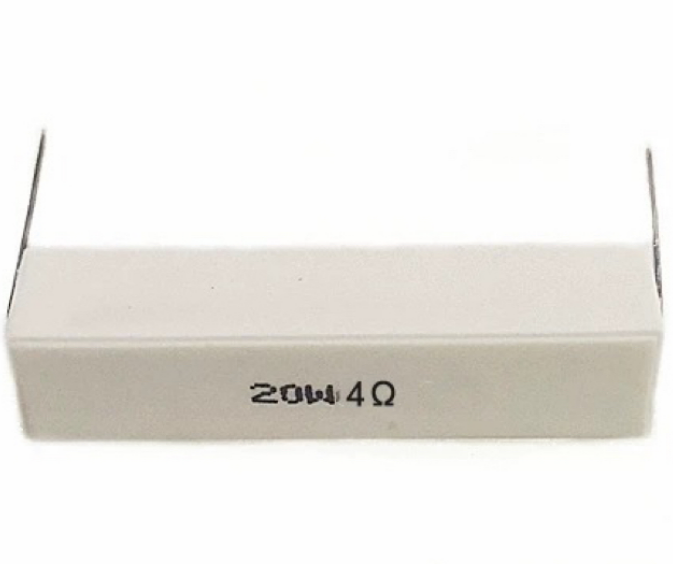
Commonly use in speaker circuits to match the impedance between the amplifier and the speaker. In audio systems, speakers typically have an impedance of 4-ohms, so using a 4 Ω resistor ensures optimal power delivery from the amplifier to the speaker. This prevents overloading the amplifier while ensuring clear, high-quality sound reproduction.
Using a 4-ohm resistor in speaker applications also helps with:
Impedance Matching: Ensures that the audio equipment operates efficiently without distortion.
Heat Dissipation: Helps manage power dissipation in higher-power audio systems.
Protection: Prevents the circuit from overloading by matching the resistance with the speaker's impedance.
4-ohms are ideal for most consumer audio equipment, such as home theater systems, car audio systems, and professional sound equipment.
4 Ohm Dummy Load Resistor 100W 200W Non Inductive
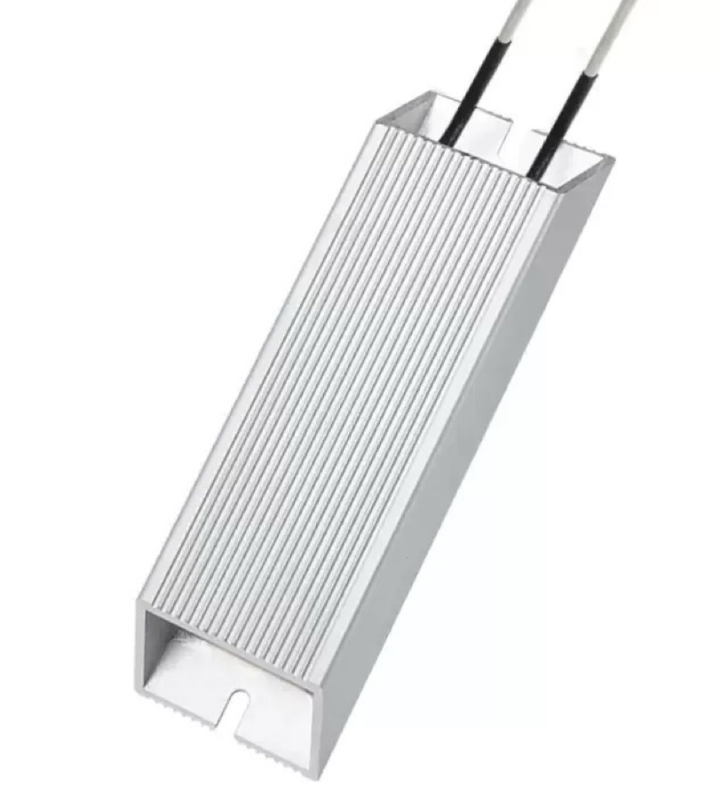
Use in testing and troubleshooting electrical equipment, particularly amplifiers and power supplies, without requiring an actual speaker or load. It simulates the resistance of a typical speaker or other devices that require power but allows you to perform tests safely.
Power Ratings: Typically available in 100W and 200W versions, design to handle high power dissipation. These high-power ratings allow for testing equipment that generates substantial heat without causing damage to the resistor.
Non-Inductive: Non-inductive dummy load do not have the inductive reactance that typical resistors with coils might have. This is important for ensuring that the test signal remains pure (without distortion), especially when testing amplifiers that handle audio frequencies.
Common Uses:
Amplifier Testing: Use to simulate the load of a speaker in amplifier testing, allowing you to measure the output power and performance without using an actual speaker.
Power Supply Testing: Use to test power supplies by simulating a load, helping to verify voltage regulation and performance.
Safe Operation: Dissipate power without any risk of damaging the testing equipment, making them ideal for safely running and measuring high-power circuits.
Features:
High Power Rating: Can handle 100W or 200W, depending on the model.
Non-Inductive: Ensures accuracy in frequency response, particularly important for audio tests.
Durability: Design to withstand the heat generated during testing, offering a safe and reliable solution for high-power applications.
In essence, 4 ohm dummy load are vital for safely testing high-power systems without causing damage to equipment or risking overheating.
4 Ohm Resistor Color Code
Band | Colour | Meaning |
1st | Yellow | 4 (First digit) |
2nd | Black | 0 (Second digit) |
3rd | Gold | Multiplier: 0.1 |
4th | Gold | Tolerance: ±5% |
The 4 band colors codes Yellow-Black-Gold-Gold for a 4-ohm indicates the following:
Yellow: 4 (First-digit)
Black: 0 (Second-digit)
Gold: Multiplier of 0.1 (the base value of 40 multiply by 0.1, resulting in 4-ohms)
Gold: Tolerance of ±5% (This means the actual resistance can vary by 5% above or below the nominal value)
Frequently Asked Questions [FAQ]
How to find the current through 4 ohm resistor?
To find the current through a 4 Ω resistor, you can use Ohm's law, which relates current, voltage, and resistance. Divide the voltage across the resistor by its resistance value (4-Ohms). The result will give you the current flowing through the circuit. This method is essential for understanding the behavior of the resistor in a circuit and ensuring safe operation.
What is the voltage across the 4 ohm resistor?
The voltage across a 4-ohm can find using Ohm’s law by multiplying the current flowing through it by its resistance value. This calculation tells you how much voltage dropping across the resistors. Knowing the voltage drop helps in understanding how the resistor is affecting the circuit and ensures that components aren’t exposed to excessive voltage.
Can I replace a 4 ohm speaker with a 4 ohm power resistor?
Yes, you can replace a 4 Ohm speaker with a 4 Ω power resistor for testing or load purposes. However, a power resistor won’t produce sound like a speaker. It simply dissipates electrical energy as heat. Make sure the power-resistor can handle the power levels that the speaker would typically consume to avoid overheating or damaging the resistor.
What color is a 4 ohm resistor?
A typical 4-ohm has a color code of Yellow-Black-Gold-Gold. The first two bands, yellow and black, represent the digits 4 and 0, while the third gold band represents a multiplier of 0.1, reducing the base value of 40 to 4 Ohms. The last gold band indicates a tolerance of ±5%, meaning the actual resistance can vary within 5% of 4 Ω, ensuring flexibility in its use across circuits.
When a 4 ohm resistor is connected across the terminals of?
When connect a 4-ohm resistor across the terminals of a voltage source, it acts as a load, allowing current to flow through the circuit. The resistor limits the current based on the applied voltage, ensuring that the circuit operates safely. This commonly see in testing applications, where a resistor mimics the load of a device like a speaker without the need for a functional load.
What power dissipates as 3 amps crosses a 4 ohm resistor?
When 3 amps of current flow through a 4-ohm, it will dissipate power in the form of heat. This power directly relate to both the current and the resistor’s value. In practical terms, this means the circuit will heat based on the current flowing through it, and you need to ensure the resistor’s power rating is high enough to handle this dissipation without damage or failure.
Conclusion
The 4 ohm resistor is a versatile component use in a wide range of applications, from audio electronics to power regulation. Understanding its types, power ratings, and applications can help you make informed decisions when designing or troubleshooting circuits. Whether you're dealing with speakers, power resistors, or dummy loads, knowing how to select the right 4 ohms resistors ensures your circuits perform efficiently and reliably.
Read More:
1. The Guide to 2 Ohm Resistor
HOT NEWS
The 0402 Resistor: A Comprehensive Guide
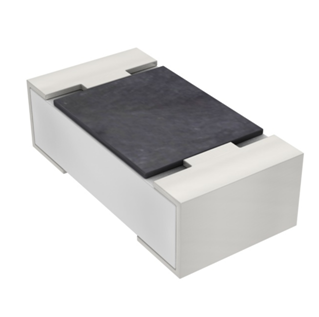
0402 Resistor
2025-05-06
Understanding A 0603 Resistor
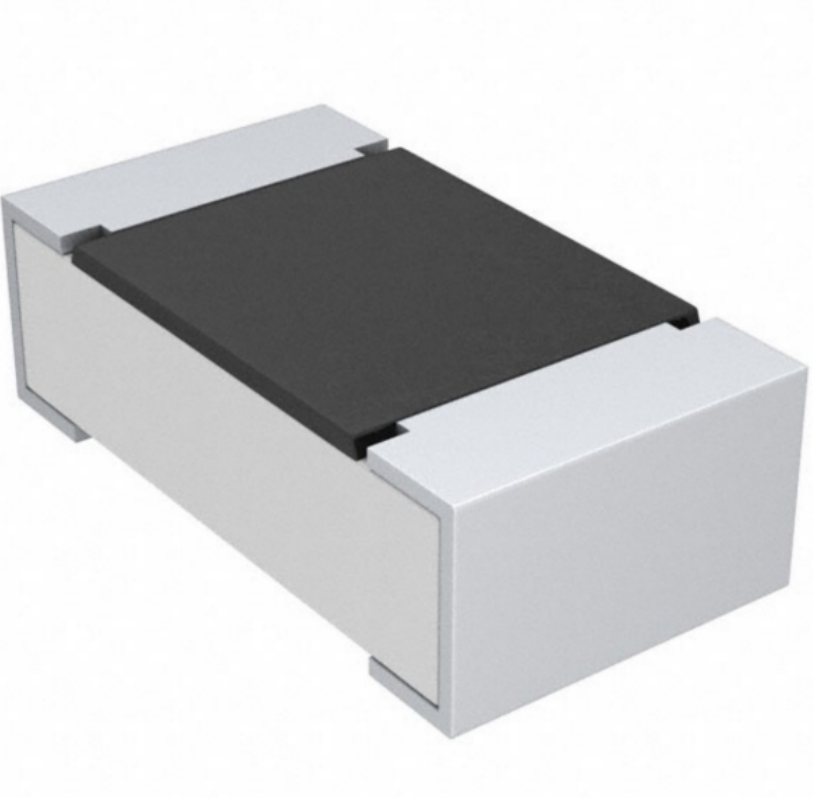
0603 resistor,dimensions,marking code, values
2025-05-29
What is 10k Ohm Resistor?
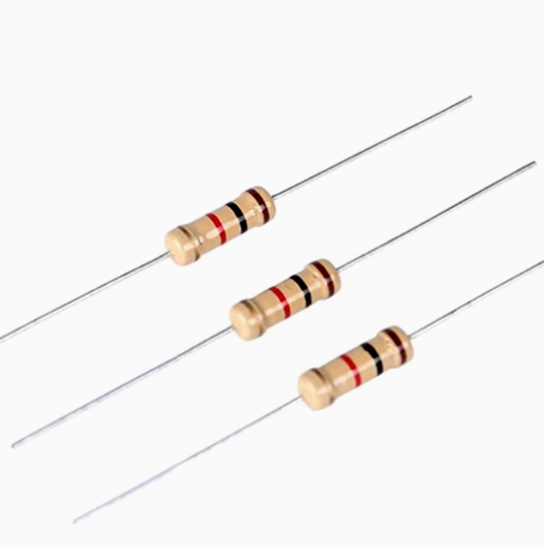
10k resistor 10k resistor color code
2025-05-14
What Is A 1206 Resistor?
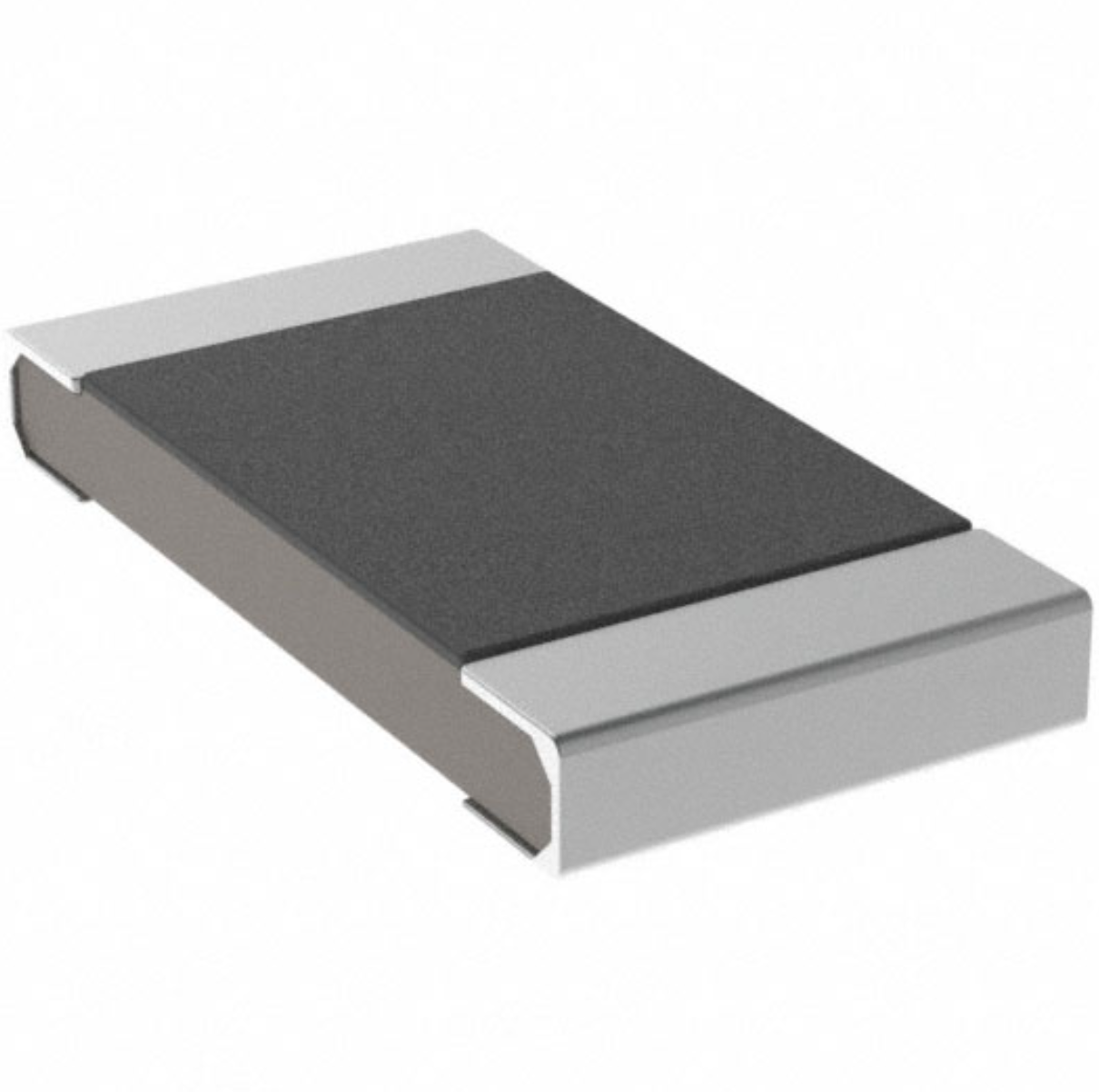
1206 resistor dimensions,footprint,value
2025-06-05
Everything You Need To Know About ARE1309 Relay
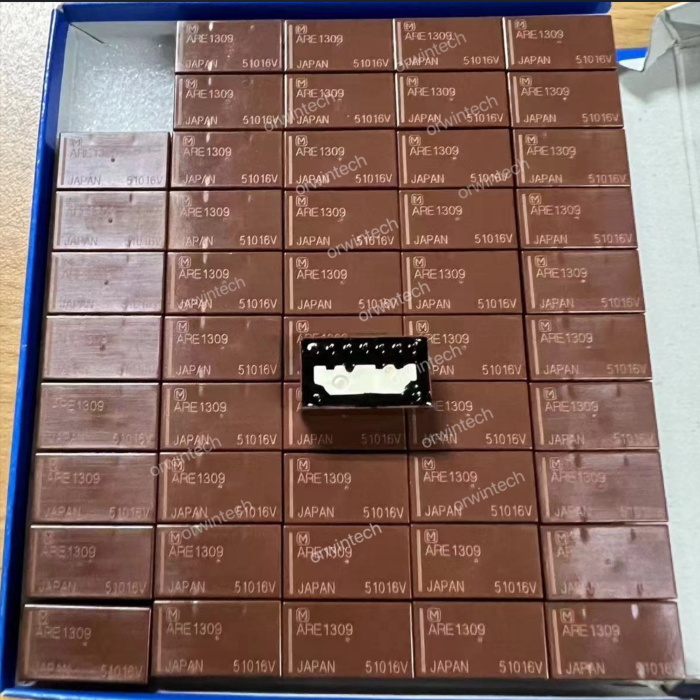
2025-04-23
120 Ohm Resistor- Specifications, Applications, and Features
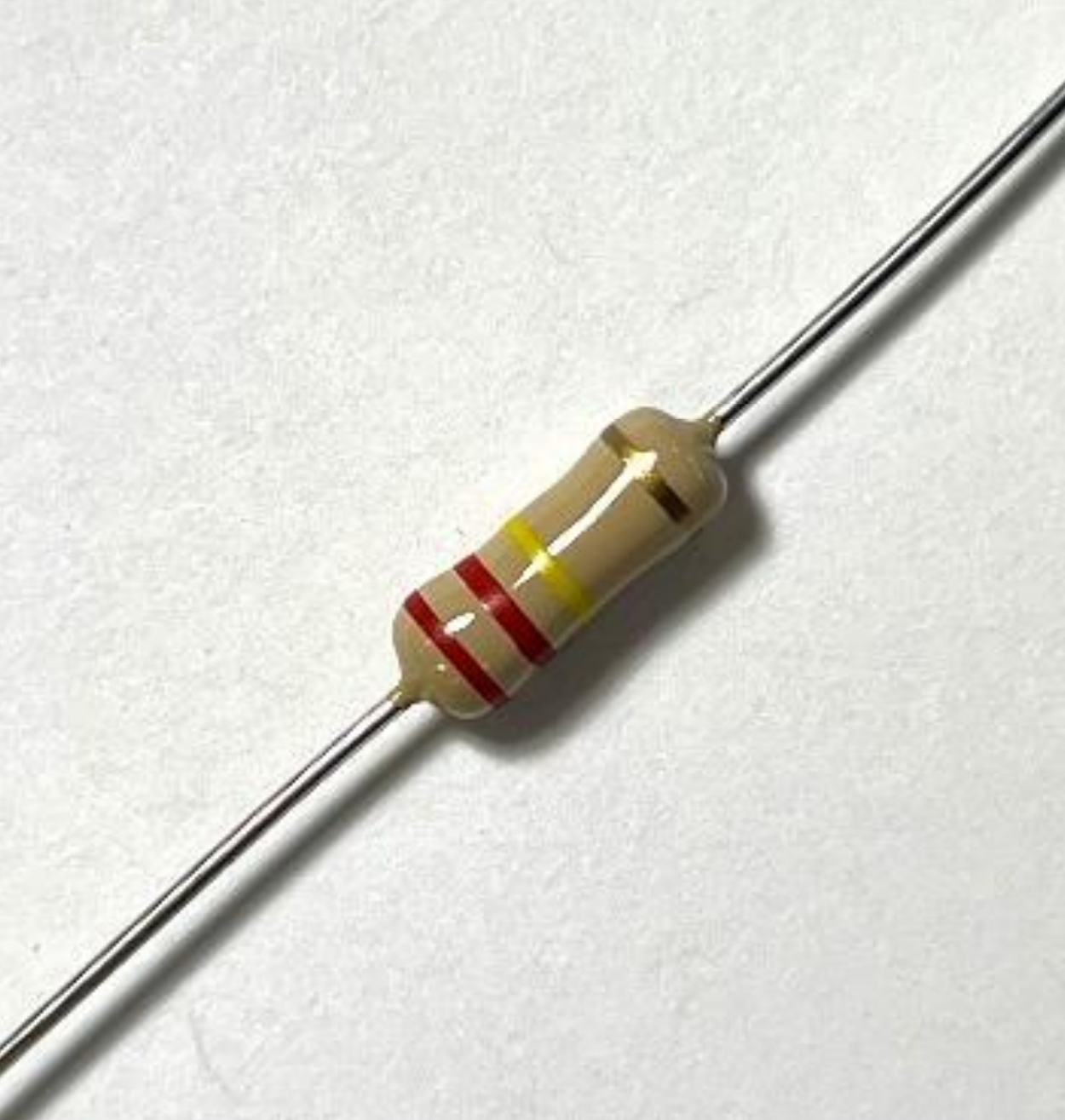
2025-05-12
What Is The 1K Ohm Resistor?
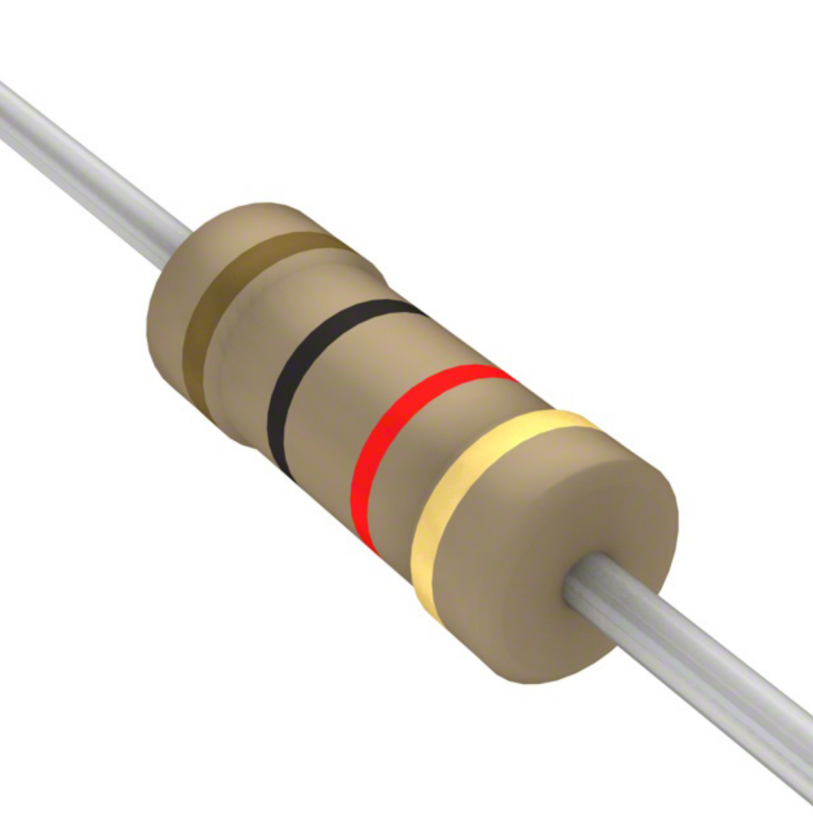
1k ohm resistor and color code
2025-05-21
What is 100 Ohm Resistor And Color Code?
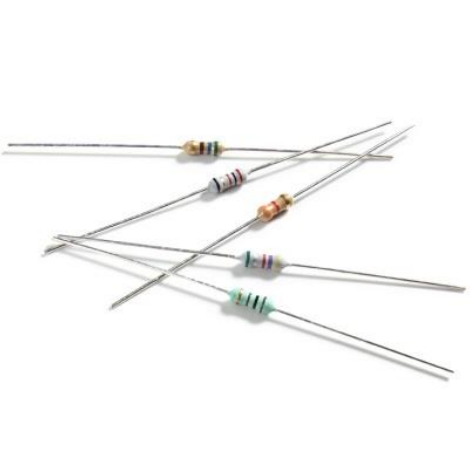
100 ohm resistor color code
2025-05-17
What Is The 0805 Resistor?

0805 Resistor, dimensions, value, tolerance, footprint
2025-05-31
What Is A 0201 Resistor?
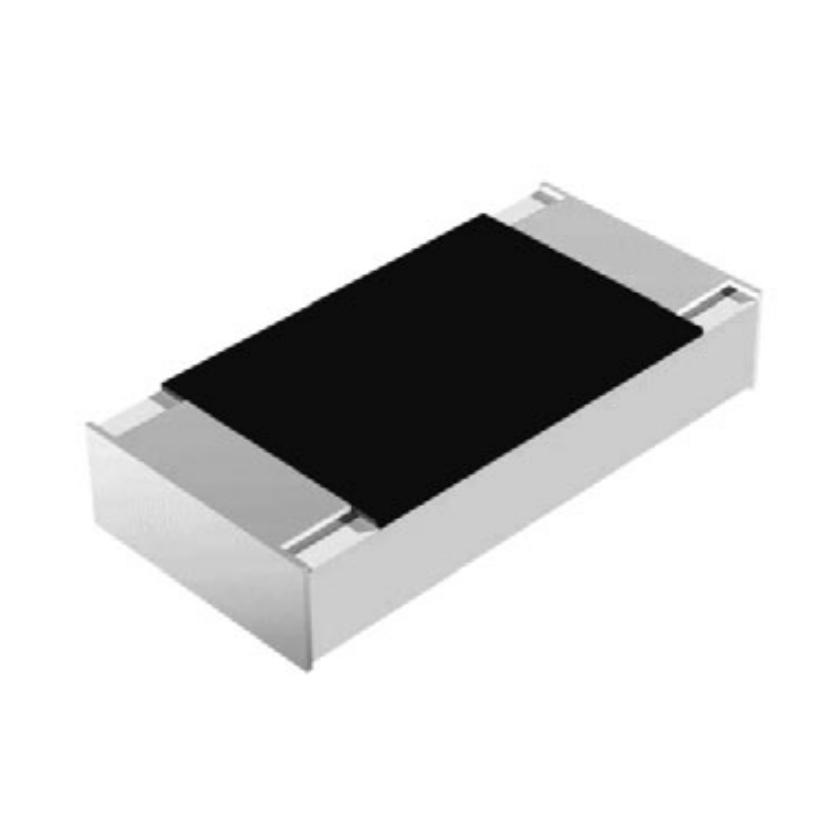
0201 Resistor dimensions, footprint,values
2025-05-24











 Product Catalog
Product Catalog





